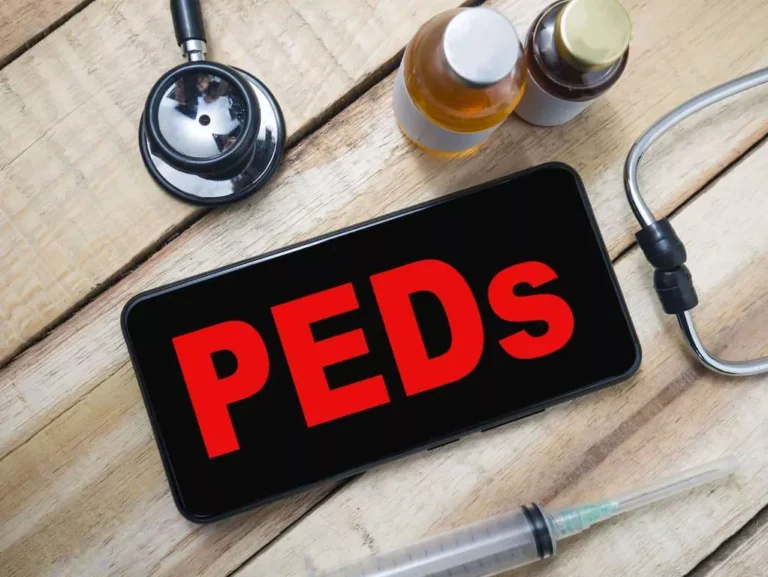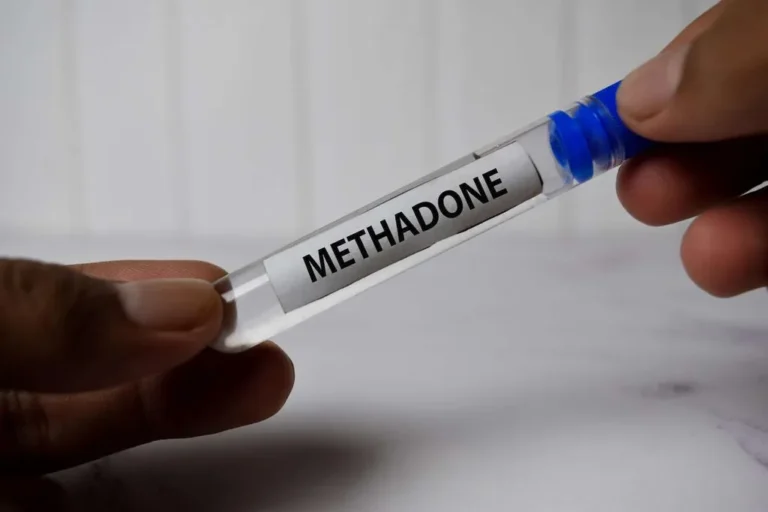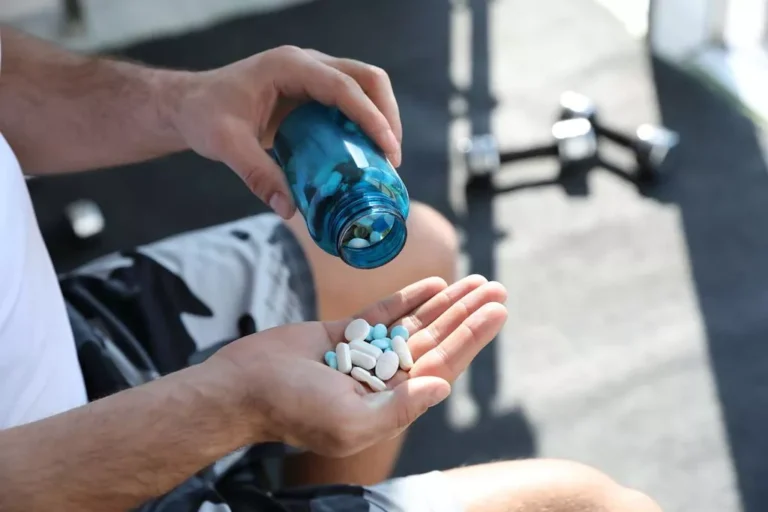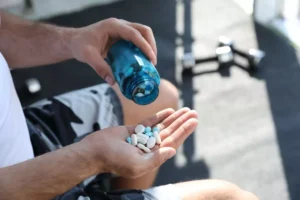Alcohol withdrawal treatment typically involves a multi-faceted approach aimed at managing withdrawal symptoms, addressing underlying issues contributing to alcohol dependence, as well as laying the groundwork for supporting long-term recovery. Although treatment with benzodiazepines is a common approach, some patients may not tolerate the class due to adverse effects, coexisting conditions, or concurrent medications. By tailoring treatment plans to individual patients, it is possible to enhance safety and improve outcomes for those undergoing AW in an outpatient setting.
When Does Alcohol Withdrawal Start?
Contact healthcare professionals, such as your primary care physician or an addiction specialist, who can assess your needs and guide your treatment options. That could be because they didn’t have normal sleep patterns to begin with. Daily drinking can cause disruptions in sleep as well, so quitting suddenly can be a shock to the system. After six days of sobriety, these people report vastly different experiences with sleep and other alcohol withdrawal symptoms. The severity and nature of alcohol withdrawal symptoms depend on a person’s physicality and the amount and frequency of drinking, as well as overall mental and physical health. Individuals experiencing alcohol withdrawal syndrome should receive treatment according to the severity of their condition.
In severe cases, medications like benzodiazepines may be administered to help taper off alcohol safely and minimize the risk of seizures or delirium tremens. PAWS is believed to result from neurochemical imbalances and changes in the brain’s functioning due to chronic alcohol abuse. However, for some, the physical symptoms will continue even after seven days.
7 Days
Mild symptoms usually resolve within 5-7 days, although some individuals may experience lingering effects like anxiety and sleep disturbances. Gillian Tietz is the host of the Sober Powered podcast and recently left her career as a biochemist to create Sober Powered Media, LLC. When she quit drinking in 2019, she dedicated herself to learning about alcohol’s influence on the brain and how it can cause addiction. Today, she educates and empowers others to assess their relationship with alcohol. Gill is the owner of the Sober Powered Media Podcast Network, which is the first network of top sober podcasts.
- Dan is passionate about disrupting the current addiction treatment model in the USA and wants to see people overcome their addiction issues and not just remain sober, but thrive in life while living their passion.
- The skills I developed there regarding logistics and operations, combined with my personal interactions with those in recovery and self-help, greatly helped me to make a successful transition into the drug and alcohol rehabilitation field.
- “Went from shaky to wanting to scream all day. I almost talked myself into ‘just one more’ several times, but somehow made it through.”
- Endurance, objectivity, productivity, logistics, and time/people management.
- Above all, trust your instincts and choose a treatment program where you feel comfortable, supported, and confident in the quality of care.
Initial – Six to 12 Hours After Your Last Drink
“With hard work and vigilance, I am pleased to be getting more sober time in. I am exercising more and starting to decrease the number of herbs and vitamins I have been taking daily.” In the fourth week of abstinence from alcohol, the benefits keep piling up, according to the reports of those who remained sober for more than three weeks. “I could easily sleep 12 hours a night and still feel tired the next morning.” “I feel like I am actually going into the honeymoon phase of my recovery. I feel great and am finally starting to be able to think clearly.” “I’m feeling fantastic. I have lost weight, and my skin looks amazing I suffered from rashes all over my body and face. My energy and confidence are back. It is wonderful.”
Who is at Risk of Acute Withdrawal?
People who feel they aren’t ready to detox in a rehab facility sometimes try totaper off alcoholthemselves. However, it’s important to keep in mind that tapering is rarely an effective approach to alcohol addiction treatment. In severe cases, individuals may experience hallucinations, seizures, or delirium tremens (DTs). DTs are a dangerous condition characterized by confusion, rapid heartbeat, and high fever. Seeking medical attention during acute withdrawal is crucial to manage these potentially life-threatening symptoms.
Remember, seeking professional help and support is crucial to ensure a safe and successful recovery. After completing alcohol withdrawal, it’s crucial to identify the situations and triggers that may lead to relapse. These can include stress, certain social settings, or even specific emotions.
What happens when you quit drinking – Quitting alcohol timeline
After stopping alcohol, inflammation in your liver caused by alcohol will subside. While any scarring caused https://yourhealthmagazine.net/article/addiction/sober-houses-rules-that-you-should-follow/ by liver inflammation (called cirrhosis) will be permanent, the effects of inflammation itself will be almost completely resolved by week four. By the end of your first month of sobriety, the benefits of better sleep, improved hydration, spending less and decreased calorie intake will be growing. You will likely have saved over $800 and avoided about 12,000 calories or more, allowing you to lose at least four pounds.
- Whilst drinking three or more drinks per day increases the risk of stomach and liver cancer.
- After six months of sobriety, many individuals report significant improvements in memory, concentration, and overall mental clarity.
- Recognizing these signs in oneself or others can be crucial for seeking timely intervention.
- She has a strong work ethic and it’s not unusual for her to be up at the facility at 2am or on the phone all night helping guide our staff on how to best manage whatever situations come up.
- “Still having cravings and thinking a lot about drinking. I’m so exhausted, though, and nauseated, I would probably get sick if I had a drink. I have noticed the cravings for sugar. Raw sugar snap peas take the edge off that.”
The alcohol withdrawal process can become life-threatening and, if done without the help of trained staff, deadly in some cases. There is no way to determine how challenging your alcohol withdrawal process will become, but there are factors that can put you at risk of a more challenging withdrawal process. While most people will experience relatively mild withdrawal symptoms, seeking medical advice before quitting your alcohol use is STRONGLY recommended to ensure your safety. Millions of people worldwide seek treatment for alcohol use disorders each year. Many people have alcohol dependencies but never seek help, and often, that’s because they’re scared of what they might experience during withdrawal. Almost everyone will have moments of feeling worse before they feel better, experiencing a sense of being stuck or of relapsing either emotionally or physically, but everyone has the capacity to move forward.
Alcohol withdrawal will begin once the levels of alcohol in the bloodstream drop below what is normal for the person. Mild symptoms may begin as early assix hours after the last drinkfor some people. The time it takes withdrawal to start depends on factors like age, gender, genetics, overall health and alcohol use history.
Treatment Resources
- The timeline for brain recovery varies from person to person, depending on factors such as the duration and severity of alcohol use, age, and overall health.
- Stopping alcohol will reduce the number of empty calories that you consume.
- This stage requires ongoing effort and commitment to your recovery journey.
- Just one call can be the start of your transformation, making us your trusted partner in overcoming addiction challenges.
You don’t have to sober house take this journey alone; we are here to help you through each step of the way. Alcohol can worsen depression and be an emotional crutch, making it difficult to experience true happiness outside of drinking. Stopping alcohol can make you feel happier by allowing you to experience positive emotions without alcohol.





